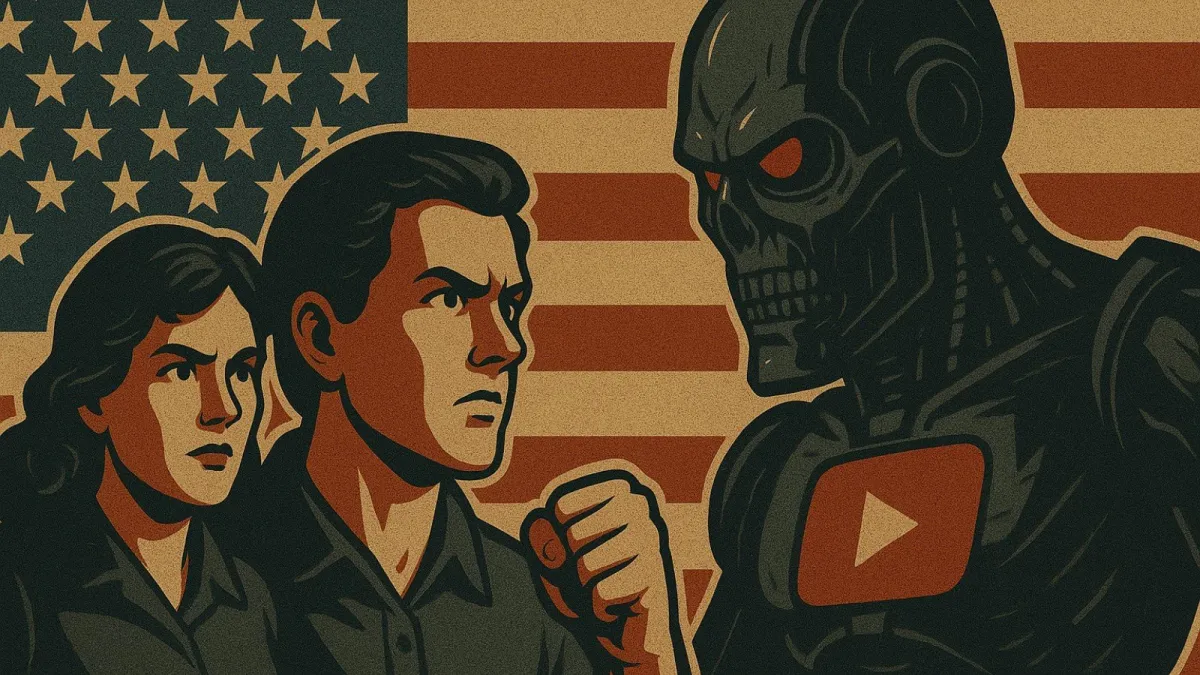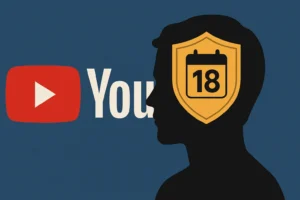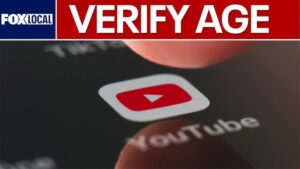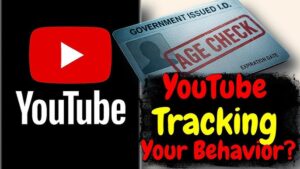“YouTube AI Age Verification: How Artificial Intelligence is Shaping Online Safety and Content Access”
The new feature, which uses artificial intelligence, will automatically determine if someone is under 18, according to a post on YouTube’s official blog, dated July 29. It will be first implemented in the U.S. before it’s rolled out widely, the social media and video sharing platform said.
Table of Contents
-
Introduction
-
Why Age Verification Matters: Context and Current Landscape
-
What Is YouTube’s AI Age Verification?
-
How It Actually Works
-
Rollout & Testing Phase
-
What Happens If You’re Flagged Underage?
-
Legal & Regulatory Driving Forces
-
Safety vs. Privacy: The Trade-offs
-
Technical Mechanisms & Reliability
-
User Backlash and Public Concerns
-
Broader Age-Verification Methods & Age Gate Landscape
-
Potential Benefits and Limitations
-
Future Outlook & Global Expansion
-
Conclusion
1. Introduction
In August 2025, YouTube introduced an AI-driven age-verification system designed to better safeguard minors from inappropriate content. Moving beyond just the sign-up birthdate, this privacy-enriched approach combines behavioral data, machine learning, and appeal mechanisms to estimate a user’s age and apply appropriate restrictions.
2. Why Age Verification Matters: Context and Current Landscape
Online platforms have long relied on self-declared birthdates—which are easy to falsify—for age verification. Rising concerns about minors accessing age-inappropriate content and regulatory pressure from laws like COPPA (USA) and the Online Safety Act (UK) have pushed platforms to adopt more robust verification mechanisms. Wikipedia+2Wikipedia+2KiplingerHouston ChronicleTIME
3. What Is YouTube’s AI Age Verification?
YouTube’s new system uses AI to estimate a user’s age by analyzing behavioral patterns such as:
-
Account age
-
Viewing history
-
Search behavior
If the AI deems a user likely under 18, YouTube auto-enables more restrictive settings and digital wellbeing tools. This applies irrespective of the actual birthdate listed. KiplingerHouston ChronicleTIMEAP Newsblog.youtubeWikipedia
4. How It Actually Works
Based on official statements from YouTube:
-
The AI ingests multiple signals—watch history, video categories, searches, and how old the account is—to infer age.
-
If flagged as under 18, the system enforces teen safety defaults: disabled personalized ads, “take a break” reminders, restricted exposure to mature content, and adjusted recommendations. blog.youtubeKiplingerHouston ChronicleTIMEWikipedia
5. Rollout & Testing Phase
-
The feature is currently in a limited U.S. rollout, targeting a “small set of users” for initial testing. Houston ChronicleAP NewsABC NewsThe American Bazaar
-
Public announcements mention the testing began in late July 2025, with expansion contingent on observed effectiveness. Houston ChronicleABC NewsWikipedia
6. What Happens If You’re Flagged Underage?
If you’re incorrectly flagged as under 18, YouTube provides multiple verification options to prove you’re an adult:
-
Government-issued ID
-
Selfie
-
Credit card (used as proof—no charge)
Once verified, you regain full access to features, including age-restricted content. KiplingerHouston ChronicleTIMEAP NewsWVTMWikipedia
7. Legal & Regulatory Driving Forces
YouTube’s move aligns with rising global legal mandates:
-
United States: Several states are pushing age verification rules—e.g., Supreme Court upheld Mississippi’s law requiring such measures. KiplingerHouston ChronicleWikipedia
-
UK: The Online Safety Act 2023 imposes stringent age checks for adult content. KiplingerWikipedia+1
-
Global: Countries like Australia are following suit. YouTube is positioning itself to adapt quickly to evolving norms. TIMEAP News
8. Safety vs. Privacy: The Trade-offs
Safety Upside:
-
Ensures minors are shielded from adult content.
-
Reinforces digital wellbeing with break reminders and limited autoplay.
Privacy Risk:
-
Adults misclassified bear the burden: uploading sensitive documents—raising data exposure concerns.
-
Trust issues: how securely will data be stored? Who has access to it? KiplingerTIMETechRadar+1WVTM
9. Technical Mechanisms & Reliability
Experts note limitations:
-
Shared accounts (e.g., family logins) can confound the AI.
-
Malicious actors could deceive the system—like playing news content to appear older.
-
Predictive accuracy is context-sensitive, not perfection. Houston ChronicleTIME
10. User Backlash and Public Concerns
Public Outcry:
-
Mass petitions and social media backlash (e.g. Change.org petition) citing mass surveillance concerns—over 68,000 signatures recorded. TIMETechRadar
Reddit Reactions:
Users have voiced distrust in forums:
“Never give them your ID”
“Most people will just hand over their ID”
“This is stupid” Reddit
Privacy Subreddit:
Concerns center around the logical inconsistency of requiring more sensitive data for verification after using behavioral data to classify age:
“The problem is requiring ID to verify your age if the AI uses what you watch…” Reddit
11. Broader Age-Verification Methods & Age Gate Landscape
Age gates traditionally included:
-
Birthdate forms (easily falsified)
-
Credit card checks (assumes card holders are adults, yet imperfect)
-
Digital ID uploads/selfies (effective but privacy-invasive) Wikipedia
Facial age estimation is another emerging AI tool—used in sectors like alcohol sales—to estimate age from appearances. This differs from recognition systems, focusing solely on age inference. Wikipedia
12. Potential Benefits and Limitations
Benefits:
-
Scalable—largely automated, minimal user friction for correct classifications.
-
Stronger protections—particularly effective when birthdate data is untrustworthy.
-
Adaptable—can evolve with regulatory demands.
Limitations:
-
Mistaken classification—negatively impacts user experience for adults.
-
Privacy risks—verification requests may deter users or expose personal data.
-
Bypass vectors—anonymous or signed-out users still bypass filters. KiplingerWVTMAP NewsWikipedia
13. Future Outlook & Global Expansion
-
Expansion beyond U.S. tests expected—likely phased global rollout. WikipediaHouston ChronicleAP News
-
Potential integration with parental tools or YouTube Kids for smoother family control.
-
Policy evolution and transparency needed—especially around data usage, storage, and user control.
-
Heightened regulation may eventually mandate similar systems across more platforms worldwide.
14. Conclusion
YouTube’s AI age-verification system marks a significant departure from self-reported birthdates, leveraging behavioral AI to better protect minors across its platform. Yet this progress comes with privacy quandaries and classification challenges. The balance between child safety and user privacy is delicate—one that YouTube must navigate transparently and responsibly.
For users, the key actions are:
-
Be aware of what to expect if flagged underage.
-
Understand available appeal options and data-sharing trade-offs.
-
Stay informed on global legal changes impacting online age verification.
https://bitsofall.com/https-yourblogdomain-com-nxtgen-m-india-open-source-agentic-ai-platform/
Huawei’s AI Container Platform: Architecture, Capabilities, and How It Powers Real-World AI






